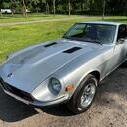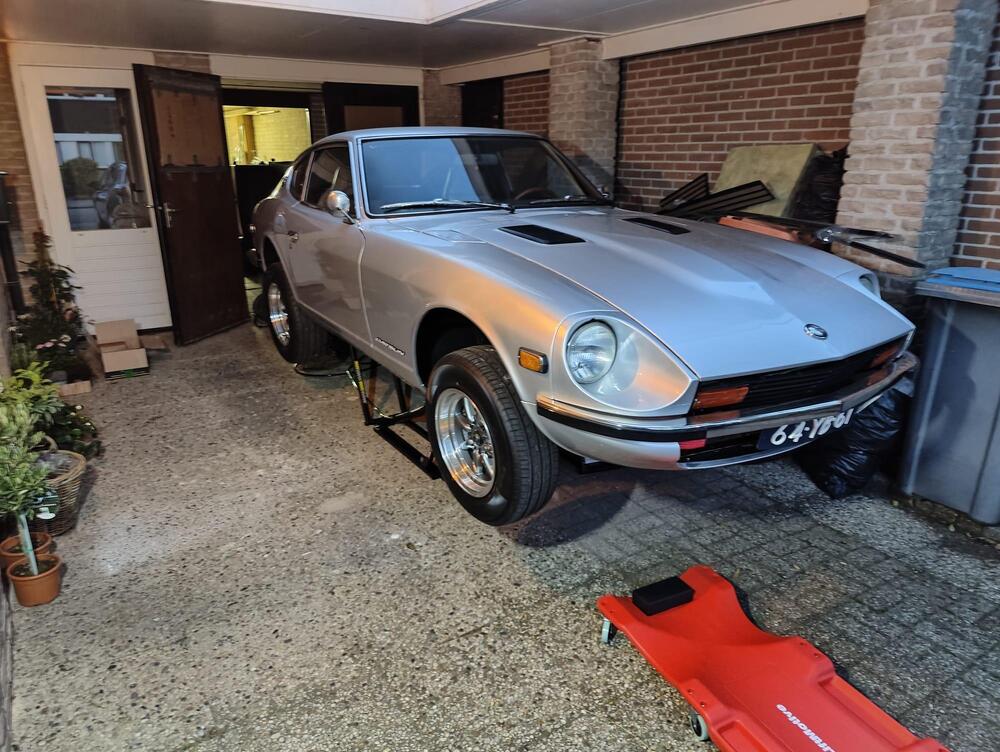All Activity
- Past hour
-
Bodywork Issues
I ordered and received one of these seals from Scott's as well. I can confirm that it's much better than the Precision version. With the Precision version there was a big gap all the way along the bottom of the hatch, which welcomed copious quantities of exhaust into the cabin. The hatch sat visibly higher than the edges of the quarter panels. The hatch was higher on the driver's side, and stuck out slightly at the back on that side. I removed all the weatherstripping (both inner and outer) and checked the fit. I was surprised to find that the hatch still sat slightly high and stuck out slightly at the back on the driver's side. I removed the support strut and that allowed everything to align. The strut is a replacement. I'll have to check the source. With the new hatch seal in place, but not glued, the hatch sits pretty nicely. It's very slightly high, but I suspect it will settle, and I haven't tried adjusting the hinges or latch yet. Once I connect the strut, though, it's noticeably higher again. It's lower than it was with the Precision seal and there's no gap along the bottom edge, so I don't think exhaust will be a problem, but it's higher than I'd like it. Has anyone noticed a strut causing the hatch to misalign? Any ideas about how to correct it? I'm a little surprised that the strut can move the hatch backwards. I would have thought the hinges would prevent that.
-
4/75 Datsun 280Z; Leaf Green, CA market, 250K miles, Long Term Project 03/2023-
@MH77280Z has done this on a 280 if I remember correctly. May be of some help to you. After seeing what you did to your older garage, I'm a little claustrophobic and it made me cringe, I am so happy for you and your new space. 🙂
-
Mike started following Events Calendar Now Online!
- Events Calendar Now Online!
- Today
-
Wheel and tire sets 240z, 280zx, 3oozx
IRON CROSS WHEELS SOLD.
-
240z Engine, 280zx Engine, 280zxt Engine
280ZX TURBO engine SOLD.
-
Z Restoration Progam
Carl's comment really doesn't have anything to do with the Restoration program. It's just an interesting aside that suggests that Nissan used Cadmium-plated fasteners on the early cars. His comment stands alone and could be a completely separate thread. So far, all of the comments refuting what Carl has described are based on supposition and interpretation of various documents. "Cadmium was banned", "why would Nissan do that", etc. Those statements are interesting but only describe what Nissan intended or what people think Nissan intended. Having worked for large corporations it's easy for me to imagine years worth of cadmium-plated inventory being used up before the switch to new process inventory. Without a document explicitly stating that cadmium-plated parts were banned from use, immediately, or with a set date, the question remains open. Maybe it's in the Japanese langauge documents.
-
Z Restoration Progam
Cad plating has much better corrosion resistance than zinc, hence it's use. The Vintage Z program was never about originality but restoring selected 240Z to as new condition with a warranty using parts and processes available in California in 1996-98.
-
JDMjunkies.ch started following Z Restoration Progam
-
Z Restoration Progam
I'm on HS30-H side here when it comes to Factory Nissan JAPAN Plating. The official Nissan documentation clearly shows Zinc plating plus Cadmium plating was banned in Japan by that time, so why would anyone believe it was anything else than Zinc plating (or yellow / blue passivating, as it's called here) On the other hand, the Z-restoration program was executed by selected workshops with support from NMC USA! According to the Z-head document in the previous post, it appears that those were indeed replated with Cadmium in the USA by some private shops. At least according to that checklist. Which is kind of interesting that the restored cars are different from the factory cars. Which is also a bit strange. Because there is a bit of difference in appearance between cad and zinc, so why would they choose something different - especially much more poisonous?? Maybe missing knowledge? Or was it cost saving?
-
Z Restoration Progam
It does seem odd that a document produced by Nissan Motor Corporation, used for the purpose of "restoration" would add something to the program that was not original to the cars. Although, of course, powder coating was probably not used in the early 70's on the 240Z's. And it's not clear who produced the checklist docuemnt. Could have been a salesperson who did not know what "Cad" really was. Still undefined. The absence of evidence does not prove anything. p.s. the "Cad" discussion is more related to Carl Beck's story of taking some early fasteners to his friends at Honeywell and having them analyzed (why did he do that?). Maybe his friends are still around? Carl Beck's claim appears to be based on science. The other claim seems based on the banning of cadmium's use, in a form undefined, in 1969. Could be that cadmium-plating process was banned but not the use of out-sourced cadmium-plated products. Cadmium is still used in Ni-Cd batteries. Some made in Japan. https://corp.furukawadenchi.co.jp/en/products/indust/column.html
-
Z Restoration Progam
RAE you're barking up the wrong tree yet again, I've made no mention in this thread about the original production cars, this is about the Vintage Z restoration program...plain and simple. To quote my previous post: "Another interesting titbit from the program is that all the nuts and bolts etc were cad plated." Are you always argumentative just for the sake of being so?
-
Z Restoration Progam
I'm sorry - and this is a straight question, no spin - what exactly are you seeing on a VZ Program car that tells us the difference between Cadmium and Zinc plating? You've pointed out that the VZ Program documentation cites 'Cad' plating, so it follows that we would be seeing 'Cad' plating in the photos of a VZ car on BAT. I don't see the significance. What's in dispute is what was used when the cars were originally made.
-
Z Restoration Progam
But what has that got to do with the plating materials used when the cars were originally manufactured? That's what is being discussed here. Are you citing the 'Cad' plating used on the VZ Program as proof of what was used when the cars were originally manufactured? Will you also use the paint used on the bodies of the VZ Program cars to cite the paint that Nissan Shatai used when the cars came off the factory production line? Hopefully not. I simply don't see any mention of Cadmium in Nissan's technical specifications - according to Nissan Engineering Standard - which they quote for the fasteners on the S30-series Z range. However they specifically mention Zinc ( ' 亜鉛 ' ). It's as simple as that. If anyone can come up with an official, period, Nissan document which specifically shows that Cadmium was used for plating the fasteners and fixings on these cars when they were made then I'd like to see it. Otherwise we will just go around in circles. I'm all ears and eyes and every day is a school day with these cars, but I'd like to see a document which contradicts THIS:
-
My two swiss S30Z Fairlady Restoration build thread
Over the last few days, I was busy in my workshop, getting some small tasks completed on my Z project. Time for a little update. After installing the partial gearbox to test fit the brackets and stuff, I realized that the gear lever is too much in the front of the hole: A quick look into the manual made it clear: I had mounted the lever the wrong way. So, gear box rear-end out, gear lever corrected: And back in, this time, correctly: Then I spent a lot of time at the rear end of the car. I had to clean the holes for the three taillight panels, so that the plastic rivets would lock properly. After that i re-installed the taillights, and ensured the sealing rubbers were set correctly, using my "string-trick": Next i have to finish the slightly worn chrome / metal trim around the taillight panels and get them back on: While working at the rear, i decided to install all those fasteners, stoppers, alignment pieces, guides, etc. Like those rubber spacers: And trunk dampers. I have a NOS set of everything, so the installed ones are only temporary, to not mess up the new ones: And the last bit at the rear end was to align the trunk / hatch. The body shop had installed some spacers to get it straight, but after all the parts got installed, I had to remove them again and massage a few areas lightly to have it all aligned: Next? Seat rails. I had those Bride seat rails from my Histrix lying around for a while and wanted to test-fit them. I'm most probably going to use something different setup in the end, but I wanted to ensure that the distance and position of the seat mounting brackets was right after all the bodywork. I thought the best way was to use the original seat rail mounting studs and spacers. Since I had several highly-damaged OEM seats, I hammered out the fasteners and used the plastic spacers after grinding away the factory spot-welds on the bolts. This worked unexpectedly well, so now I can do some trials with different seats, rails and setups - to figure out what will go into the car in the end. Next: I realized that I didn't have any upper rear number plate light in my part collection. Luckily, Florian from Datsun-Autowerk was kind enough to send me one of his broken ones including some other parts (more on that in a following post), for trials. After puzzling and glueing all the parts together... I could mock it up all together and drill the required holes. Fun-fact: I always thought that slight "dent" in the gray metal piece was a production fault of the reproduction panel, but it's actually there to make space for the number plate lighting bolt. After the holes were done and cleaned, I got the upper plastic part installed. And then the whole thing with the lens. Note all bolts and the light itself are temporary units for the mock-up only, final parts will be correct and fresh. Looks good if you ask me! Special thanks to the person who gave me the hint with the holes (I wasn't able to find the mail anymore, but you know who you are!) And then? Spoiler-Alert. Again. After i realized that the currently installed spoiler is beyond repair, I remembered that I had another one lying around. But it was bent in all directions and super wobbly: But all the brackets were still in good shape, so I gave them a little wire wheel brush and corrosion protection: I placed them on our terrace, which tends to get quite hot now in summer And let it take the heat every day. My thought was that the Polyurethane gets weak and goes either back in its natural shape by itself, or can be massaged. At the end, some areas turned out to be pretty stiff, even with heat and required some proper bending over my special bending bench :-) It didn't really work out. It's way better than in the beginning, but still super wobbly. I thought if i'd install it on the car, it might straighten itself a bit. Let's see. I have my doubts. The good thing is, there seems to be another spoiler on the horizon :-) I've seen worse ones, but yeah. Not good enough for me: I also went through my plated fasteners and sorted them a bit. I got various boxes over the years from various collectors and Z-specialists, so it was about time to ensure I find what I'm looking for :-) The to-do list gets smaller by the week. And there's not much left from my side, but some tricky bits. I guess I've earned my favorite Japanese "Hitachino Nest" beer for today.
-
Z Restoration Progam
In Nissan's 240Z Restoration Program Quality Control Checklist they specifically call out "Cad plating", it was commonly used in California to recondition automobile parts and fasteners at the time. It's banned there now but available in other states. I use it for replating all my parts on Aston Martin restorations. They also mention "Zinc Chromate Tank Slushing" for the fuel tank, so they obviously knew the difference between Cad and Zinc processes. Additionally Nissan mention "Paint semi-gloss black" for suspension components. If you look closely at the photos of the Vintage Z that have been on BAT it is easy to discern between Cad and Zinc, Paint and powder coat.
-
Z Restoration Progam
Do you have a reference regarding the ban, and its details? I cannot find anything on the internet besides a single statement that Boeing developed new plating methods because of the ban in Japan, in 1969. But the source did not have a citation. A typical industrial chemical ban has a phaseout period. Large corporations have great influence on regulations. https://www.sifcoasc.com/cadmium-replacements "Boeing began their research into cadmium alternatives in the early 1970’s as a response to Japan’s ban of the use of cadmium in 1969." There is quite a bit out there about Itai-itai disease though. Interesting digression. https://www.int-res.com/articles/esep2012/12/e012p099.pdf Role of experts and public participation in pollution control: the case of Itai-itai disease in Japan1 Masanori Kaji Graduate School of Decision Science and Technology, Group of History of Science and Technology, Tokyo Institute of Technology, W9-79, 2-12-1 Ookayama, Meguro-ku, Tokyo 152-8552, Japan
-
Z Restoration Progam
We'd also need to know more about the people Carl Beck knew at Honeywell. I'd write more if I was here to argue. But I'm just here to learn more. I really hope that you were being self-referential here, in an attempt at humor.
-
Z Restoration Progam
What science are you referring to? The "science" in Carl's story is of the 'Trust Me Bro' variety at this point. 'Maybe' doing a lot of heavy lifting there. There can be any number of maybes once we decide to take an anecdote as empirical truth over the written evidence of a manufacturer. The data in the Nissan literature isn't conjecture, nor is the Japanese ban on Cadmium use in commercial automotive manufacturing. My money's on the likelihood that people got used to calling yellow gold coatings on auto parts 'Cad plating' and it simply stuck. A habit. Understandable, and not without precedent. Contortions performed to justify it - even to make it somehow true - will tie us all up in knots. ISWYDT 😉
-
Z Restoration Progam
The science shows the reality and the literature represents the image of desired reality. You'd have to know more about the methods used by the Honeywell people to know why they said cadmium was present. Maybe the parts were old stock hardware, produced before the cadmium ban. Old hardware is still out there if somebody wants to pay or knows some insiders at a good lab. Without more information it's just more conjecture. One of many web sites from one of many typical analytical labs, which could do that type of analysis. Triclinic Labs, LLC.Leaders in Solid-State Development and Materials Characterization
-
4/75 Datsun 280Z; Leaf Green, CA market, 250K miles, Long Term Project 03/2023-
I have one of the one piece ones now, to install. Just have to find the thread where the Z member documents the best way to do the install
-
Diseazd started following Round top SU carb piston binding
-
Round top SU carb piston binding
Correct……Always do one carb at a time….piston and dome are precision matched. One more thing, make sure the needles haven’t been bent.
-
Namerow started following New Nissan Canada commercial
-
New Nissan Canada commercial
Nice ad. If they did it thoughtfully, there might also be promotional value in highlighting two other successful Datsun models from the early 1970's: the 510 sedan (contrast with Rogue), and the 520 pickup (contrast with Titan). Not too many buyers in 2025 realize that the pecking order for Japanese imports back then was Datsun-Honda-Toyota, rather than today's Toyota-Honda-Mazda/Subaru. The decision to re-brand from 'Datsun' to 'Nissan' (1977?) was such an unnecessary a disaster. The bland-mobile 1980's models didn't help either.
-
Z Restoration Progam
Nissan themselves told us - it's LITERALLY written in their technical literature for 'our' cars - that the electroplated finish on the non-chrome components was Zinc, either 'clear' or with other passivated top finishes. Cadmium plating was already banned for commercial automotive use in Japan before 'our' cars were made, so - naturally - there's no mention of Cadmium in the technical literature. People have talked about 'Cad' plating on cars for decades - especially in North America - and it simply became part of the vernacular. Just like 'Mag' wheels that weren't actually Magnesium anymore. Old habits die hard. Did the VZ Program cars receive actual Cadmium plating on specified components when they were rebuilt, or was that too an example of vernacular use? If they did receive Cadmium plated components then we can chalk it up as yet another non-original finish on cars which were never claimed to be such. I will continue to call out people who cite processes and specifications on the VZ Program cars as somehow being evidence of what Nissan and its various suppliers did when the cars were originally made. Hardly logical, let alone scientific. I've had to deal with 50+ year old fasteners on these cars too, and the single biggest factor involved is the environment that the 50+ year old fastener lived in during its use. Fasteners on a car that spent those 50+ years in southern California may well be happy to cooperate, but a fastener that has spent the same period in regularly cold, wet and often salty conditions will look - and behave - very differently. Pretty much any electroplating with a sacrificial coating will succumb under such conditions. I'm sure Honeywell Space and Strategic Systems should rightly command our respect, but far from "putting men on the moon and probes on other planets" we are dealing with a question that can be answered simply by looking at the technical literature that the manufacturer published when the cars were made. To coin a phrase, that's not rocket science.
-
BuyFullCode joined the community
-
dutchzcarguy started following Round top SU carb piston binding
-
Round top SU carb piston binding
You say: switched tops but maybe you must switch top and piston on the other bottom part.. btw always keep the parts of 2 carbs ALWAYS apart.. they look the same but are very fine tuned parts..
-
240z Door Hinge Rebuild
If they fall down can you still get them back up into position? I saw a guy on youtube that unbolted the hinge on the door side first and after the got the car side with a wrench and swivel sockets. I might try to go that route as the car doesn’t fit in the garage (and still work on it, only 2m wide for the first 4 meters). I do have a lager carport where I park the car under to work on it so the car is still dry. That does mean I’ll have to cover the car if I take the doors off but I had to do that anyway.
-
The OG 240Z - Reanimation Project








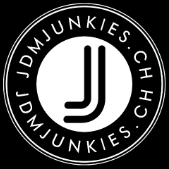


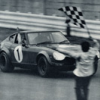
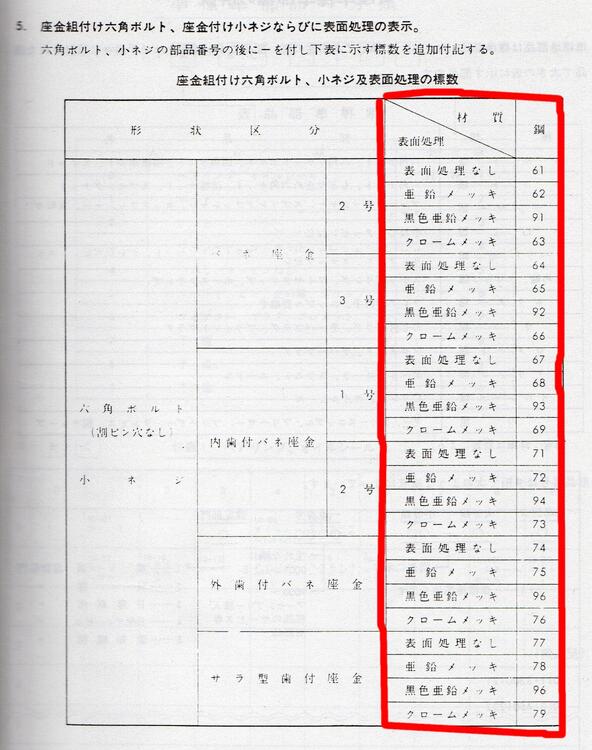


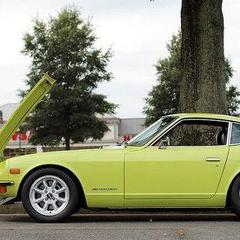
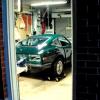
.thumb.png.057015c13bef9a47315a71428b1471f9.png)

